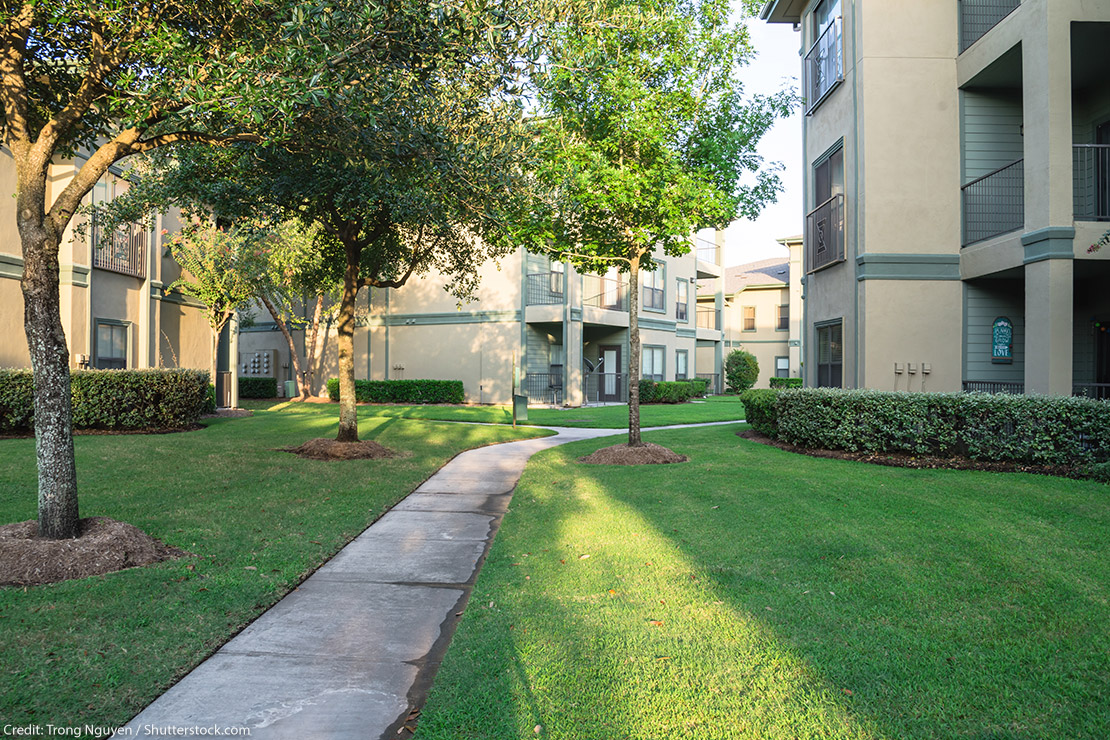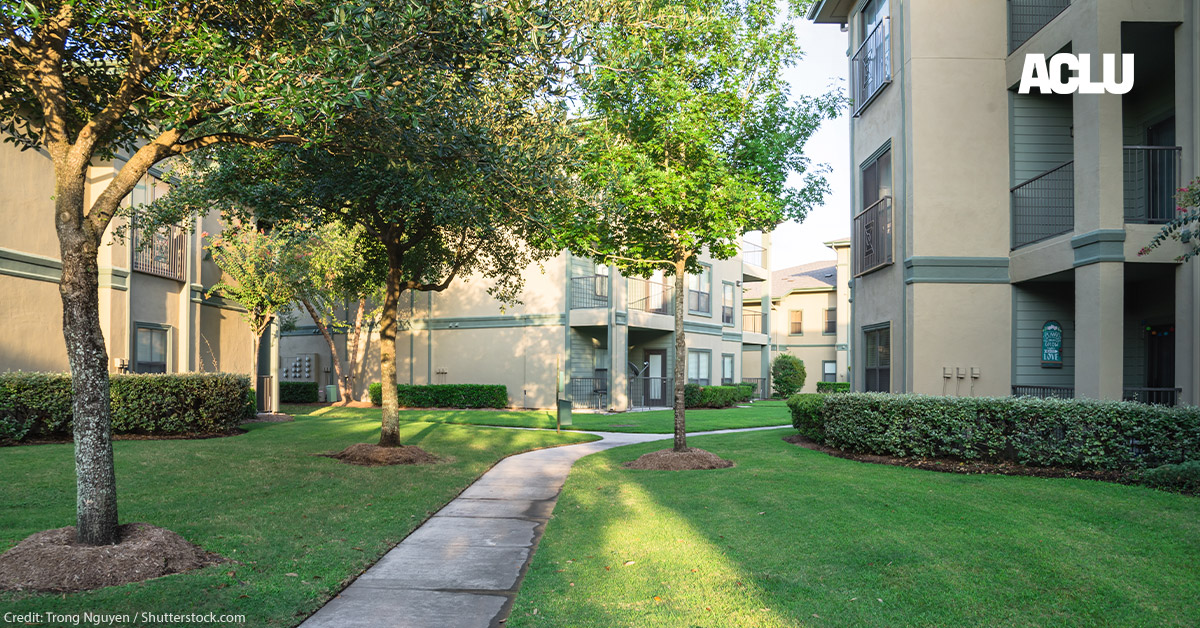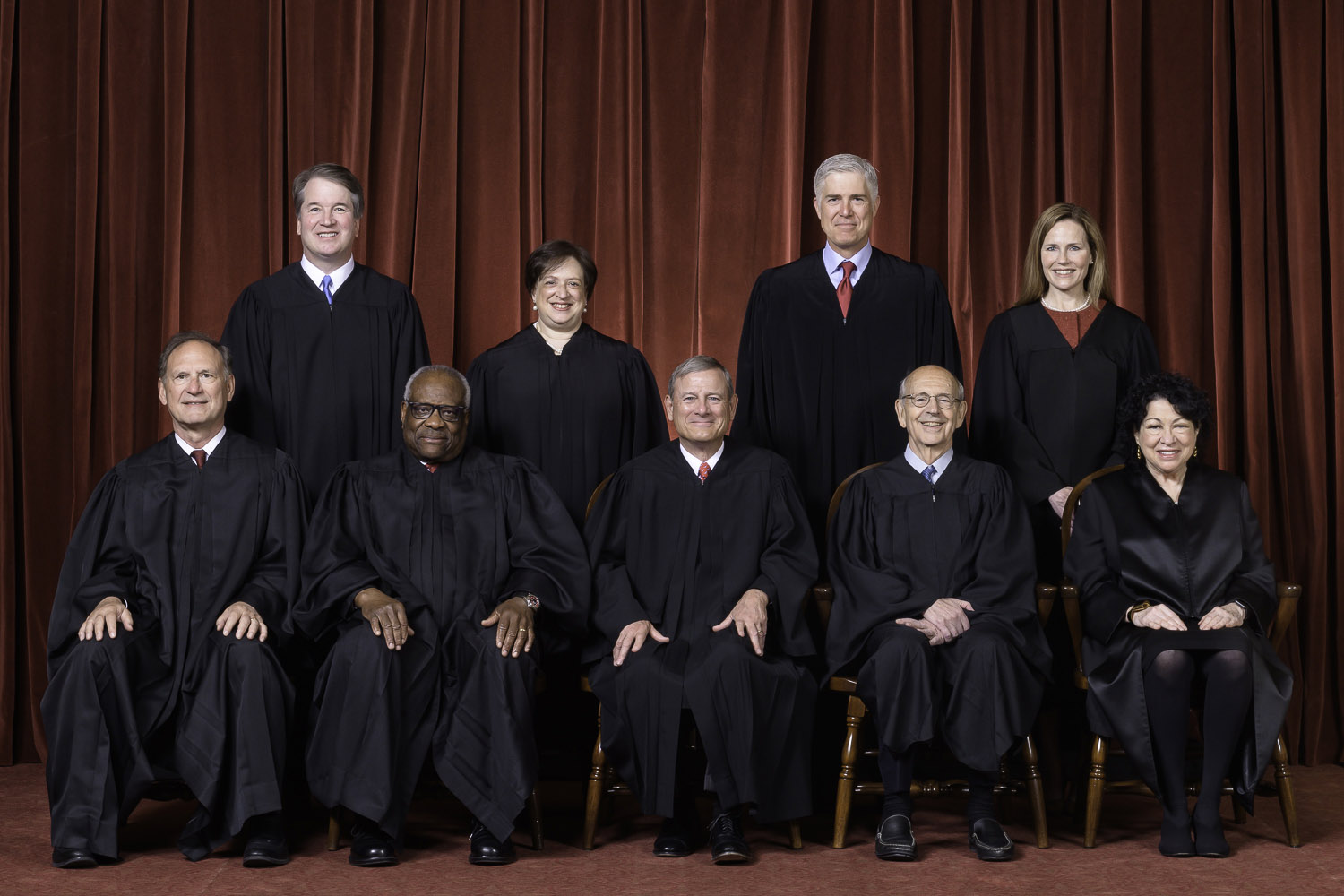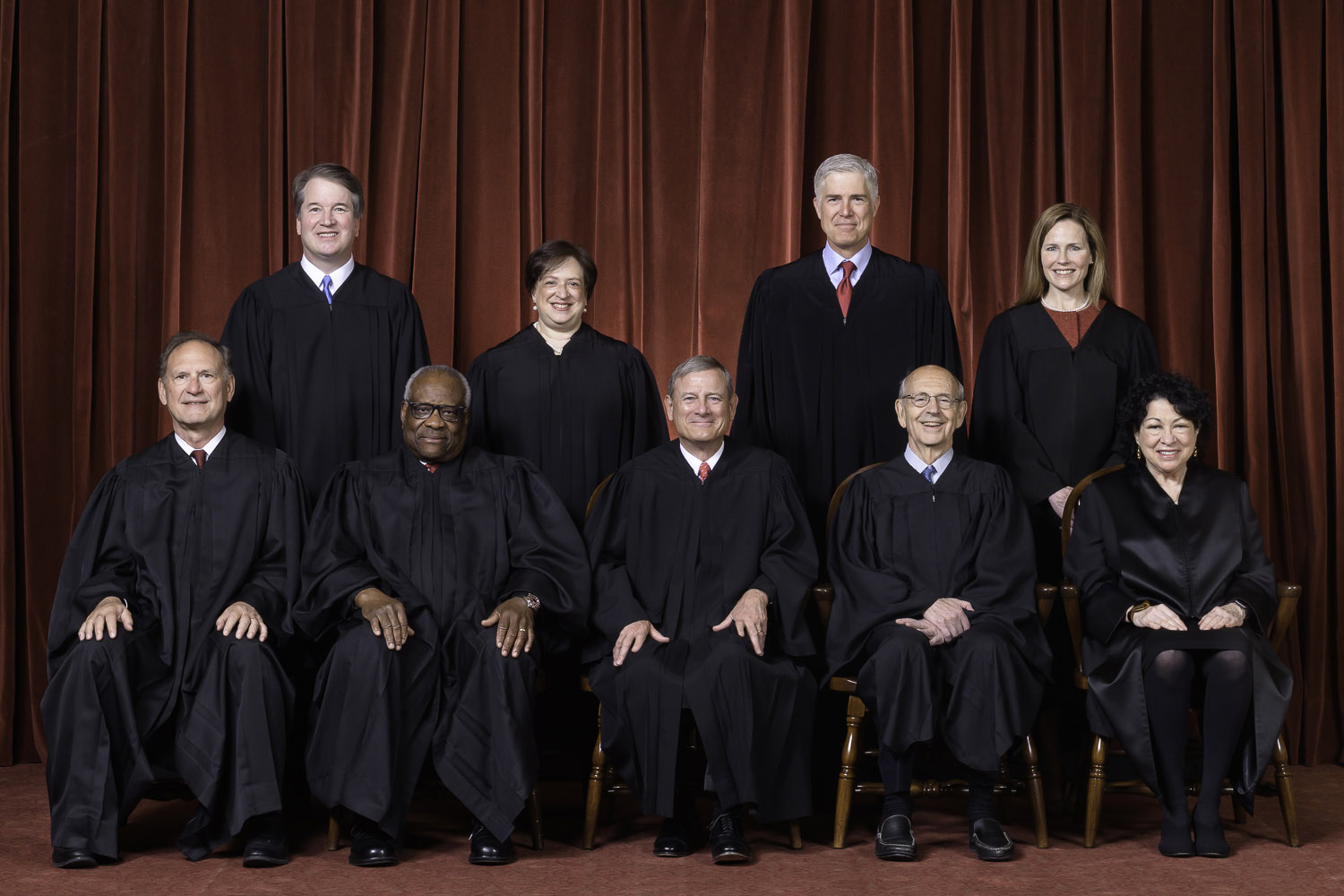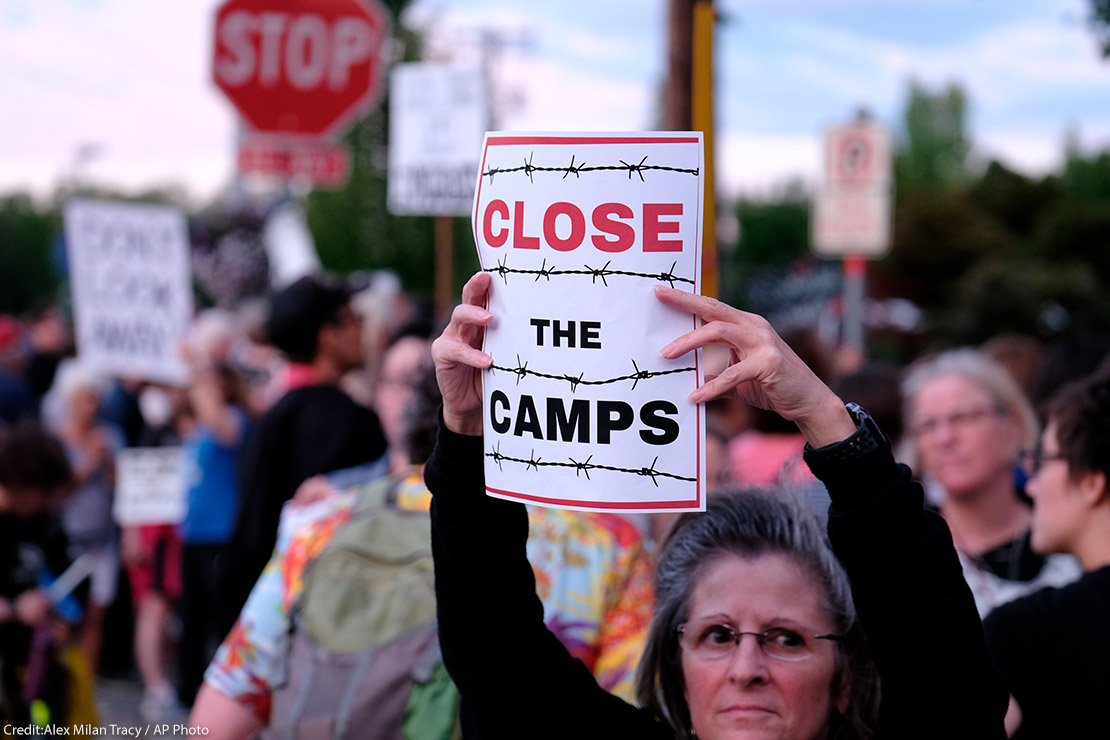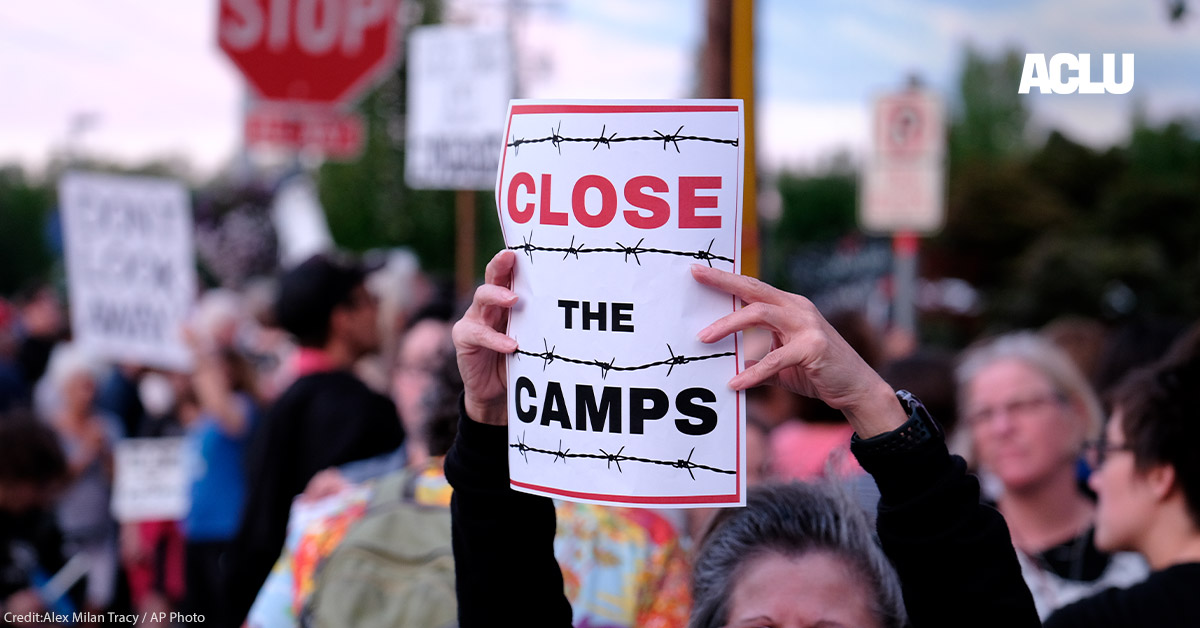Fifty years ago, as the U.S. began building the world’s largest infrastructure for human caging, many Americans envisioned a future without prisons. Prisons, in the eyes of many, were irrevocably broken and incompatible with democracy. A committee convened by Lyndon B. Johnson to study law enforcement wrote that “life in many institutions is at best barren and futile, and at worst unspeakably brutal and degrading” and lamented that many prisoners labored “under conditions scarcely distinguishable from slavery.”
In 1970, a group of judges spent a single night at Nevada State Prison, and emerged to share their experience of “men raving, screaming and pounding on the walls.” A Kansas judge said, “I felt like an animal in a cage” and urged the state to “send two bulldozers out there and tear the damn thing to the ground.” A federal judge in Arkansas said imprisonment in that state amounted to “banishment from civilized society to a dark and evil world.” A judge in Wisconsin predicted that “the institution of prison probably must end. In many respects it is as intolerable within the United States as was the institution of slavery, equally brutalizing to all involved, equally toxic to the social system, equally subversive of the brotherhood of man, even more costly by some standards, and probably less rational.”
Mainstream outlets such as Time magazine and The New York Times Magazine asked whether prisons should be abolished. As a mass movement for deinstitutionalization forced mental asylums — the nation’s other and, at the time, even larger institution for involuntary confinement — to go to ruin, it seemed that prisons might crumble, too.
Of course, instead of disappearing, prisons expanded over the next 40 years to become defining features of American life. Not only did U.S. criminal legal systems grow large enough to confine 2.4 million people and surveil one in 31 American adults, their logics of punishment and control came to define and permeate other realms of politics.
Why did prison systems metastasize so devastatingly when they seemed so vulnerable? And what can we take from this history as a massive social movement again challenges the legitimacy of U.S. criminal legal systems?
Part of the blame, as I lay out in a recent article in The Journal of American History, lies with so-called “alternatives to incarceration,” which the public and policymakers — especially liberals — embraced with zeal. And no alternative to prison was more ubiquitous and insidious than the correctional halfway house.
Though they had humble religious origins — Episcopal, Catholic, and Quaker groups opened the first halfway houses in the 1950s in order to help people reenter society — halfway houses caught the imagination of many policymakers in the 1960s and 1970s. They offered a model of “community treatment” that promised to address crime, drug addiction, and other social ills more effectively, cheaply, and humanely than traditional prisons.
Enthusiasm for community treatment brought millions of dollars in government funding for halfway houses. Funding poured in through President Johnson’s Great Society programs, and millions more would come through the Law Enforcement Assistance Act and the Nixon administration’s wars on drugs and crime. Halfway houses numbered only around a dozen in 1960, but by the late 1970s, they were more common in the U.S. than roller skating rinks. The capacity of the nation’s 2,000-plus halfway houses totaled more than 65,000 beds — roughly the contemporaneous prison capacities of California, Texas, and New York combined.
The major appeal of community treatment — then as now — was that it seemed not just an alternative to the prison, but even its opposite. The Johnson administration’s Commission on Law Enforcement and the Administration of Justice touted halfway houses as an “entirely new kind of correctional institution” that would be “architecturally and methodologically the antithesis of the traditional fortress-like prison.” In some ways, halfway houses did look like opposites to prison. They were small (generally around 20 beds), located in urban areas rather than far from them, and for a time elided the power dynamics characteristic of prisons. Residents, for instance, usually wore their own clothes rather than uniforms, and the earliest halfway houses were organized around discourses of “family.”
These superficial qualities, however, belied the structural similarities between halfway houses and traditional prisons. Like prisoners, the 65,000 people in halfway houses were involuntarily confined. They were subject to systematic surveillance. Their movements were tightly controlled. And they were forced to labor for others’ benefit. Indeed, one reason for the proliferation of halfway houses was their ability to appeal to reformers and prison administrators at the same time. They departed from what were seen as prisons’ most objectionable characteristics while maintaining systems for surveillance and control.
Just how closely halfway houses resembled traditional prisons changed over time with modifications in how they were funded and administered, but even the least coercive halfway houses suffered from their proximity to the rest of the criminal legal system. Despite the promise that they would be an alternative to prison, community treatment initiatives tended to expand the reach of the carceral state.
Not only did they dramatically expand the capacity of states to confine people against their will, their promise of “treatment” encouraged judges, prosecutors, and other policymakers to apply these interventions to groups of people who had not been in the system before. To give just one example, after the Texas Youth Commission embraced the halfway house model in the 1970s, it began to incarcerate hundreds more children each year in community-based facilities, including “pre-delinquent” children who had not committed a crime.
Today’s discontent with prisons and policing closely resembles that of half a century ago. Many of the solutions being proposed are also near carbon copies. Community-based alternatives, rehabilitation, education, drug treatment, and mental health interventions were all part of the appeal of halfway houses. New technologies for face recognition, location monitoring, online surveillance, and electronic forms of identification threaten to make the next iteration of “alternatives” even more harmful.
As we work to combat mass incarceration and create what comes next, it will be important not to be fooled by superficial differences or by changes in rhetoric. Ending mass incarceration will require dismantling — not replicating, reproducing, or relocating — systems for involuntary confinement, surveillance, and control.
Date
Wednesday, July 14, 2021 - 4:30pmFeatured image
